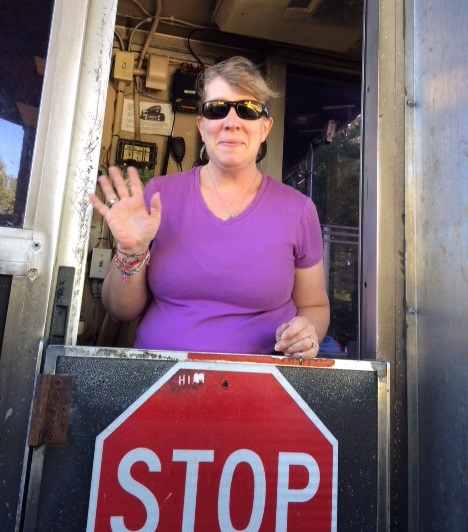By Mark Okrant, NH Travel Guru
On March fifteenth of 1989, a significant travel industry milestone took place at the Hampton toll plaza on I-95. That was the morning when Gordon and Joan Wood’s car became the one billionth to pass through the New Hampshire toll system. Given the fact that the first tolls opened on June 24th of 1950, that milestone represents an impressive amount of activity in a relatively brief amount of time.

Mark Okrant
Historians tell us that the first toll road (AKA turnpike) was established during the seventh century BCE. It was located in the Fertile Crescent, and was called the Susa-Babylon Highway. One can only imagine the traffic jams—donkeys, wagons, and other livestock—at those toll booths. Doubtlessly, detained travelers left behind more than pieces of silver. In the United States, the title of first toll road goes to the Philadelphia-Lancaster Turnpike, which was built during the 1790s, or more than twenty decades before EZPass transponders were used in New Hampshire.
Today, there are 88.9 miles of turnpikes within the Granite State. The Central Turnpike, which consists of the Everett Turnpike and a portion of I-93, is the longest (39.5 miles). The Spaulding Turnpike (33.2 miles) and the Blue Star Turnpike, a small stretch of I-95 (16.2 miles), comprise the remainder of the system.
Turnpike travelers typically concern themselves with what is happening on the asphalt and white lines. However, a closer look reveals that New Hampshire’s turnpike system is supported by ten toll plazas (this figure includes ramp toll stations), 87 toll lanes, and 48 interchanges (i.e., exit ramps).
To date, the state’s peak year for toll transactions was 2007 (115.5 million). During 2017, nearly one-half (47%) of these occurred on the Central Turnpike, followed by the Blue Star (33%), and the Spaulding (20%).
An examination of toll booth finances provides a clearer understanding of why the state has retained the system. Moreover, it casts doubt on the wisdom of Connecticut’s 1985 decision to remove their I-95 toll booths. During 2017, estimated toll revenue in New Hampshire exceeded one hundred (121.2) million dollars. However, the geographic breakdown of toll revenues does not correlate with the aforementioned pattern of transactions. The Blue Star (50%) attracts the largest proportion of revenues, followed by the Central (37%) and the Spaulding (13%). We will reveal the key factor in this disparity at the end of today’s column.
No examination of the state’s turnpike system can be complete without brief mention of its importance to daily commerce and to our leisure travel industry. With an estimated 85-90 percent of out-of-state visitors arriving by private automobile, truck, rental car, or bus, the three turnpikes are a vital segment of this important generator of state revenues. When one considers that visitors arriving at Manchester-Boston Regional and other airports are not likely to walk to their destinations, it is safe to say turnpikes serve nearly 100 percent of visitors.
Maintaining the vitality of the turnpike systems necessitates funding for construction projects, administrative costs, salaries and benefits, and equipment. Nearly one-third of the multi-million dollars of expenditures comes from tolls collected at those ten booths.
Any discussion of turnpikes merits mention of the EZPass system. Initial conversion of New Hampshire’s toll booths occurred on July 11, 2005. This “game changing” innovation has altered the travel landscape on toll roads, a topic for a future NH Travel Guru column.
The simple answer to the disparity between the patterns of toll transactions and toll revenues collected (see above) is: Trucks.
In April 2017, after forty years as an educator, researcher, consultant, and mystery writer, Mark Okrant joined IndepthNH.org. Mark shares his insight about the travel and tourism industry, focusing upon its importance to New Hampshire. From time to time, he’ll spin a humorous story or two, always looking to educate us about the industry he loves.
Learn more about Mark’s tourism-based Kary Turnell murder mystery series by visiting www.markokrant.com.
For information on current things to do in New Hampshire, go to:
http://www.visitnh.gov/what-to-do/event-calendar.aspx






